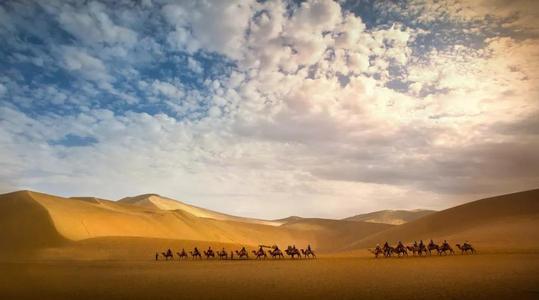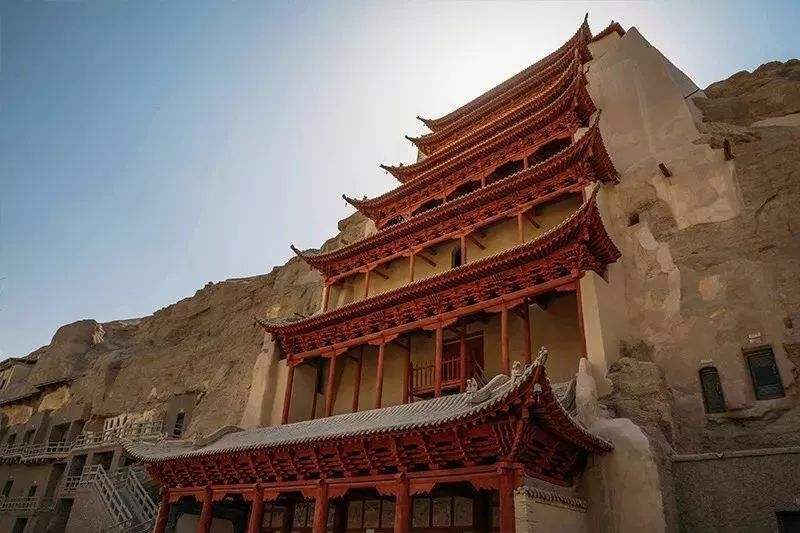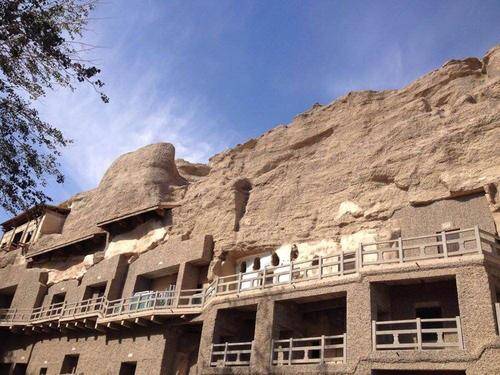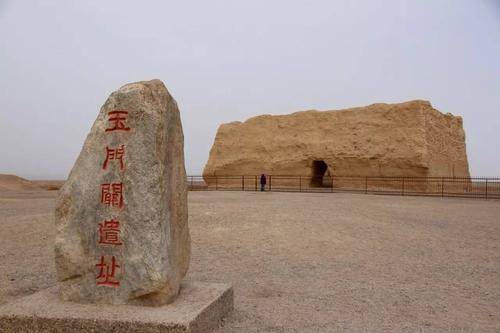Known as the 'Oriental Louvre', the Mogao Caves are a must-visit destination in Dunhuang. Here, well-preserved and intricately carved Buddha statues, meticulously outlined and finely painted murals, are precious gifts left by ancient craftsmen from various dynasties on this wind-swept land.
Dunhuang Ancient City is a film and television city built in the 1980s, modeled after the ancient city of Shazhou in the Song Dynasty. To this day, many films, TV dramas, and variety shows such as 'Detective Dee', 'New Dragon Gate Inn', and 'Candle in the Tomb' have been filmed here. Every table and chair can be used as props, and with various imaginative ideas, everyone can shoot a set of ancient costume blockbusters.
The Western Thousand Buddha Caves are located to the west of the Mogao Caves, situated on a cliff. The caves were carved earlier than the Mogao Caves. Inside the Western Thousand Buddha Caves, there are many well-preserved exquisite murals. There are far fewer visitors compared to the Mogao Caves, allowing for a clearer view of the ancient and intricate stone wall craftsmanship from a thousand years ago. Visitors can also go to the Grand Canyon, where they can see the towering stone walls and hear the babbling streams.
Yangguan Town
I urge you to drink another cup of wine, as you head west out of Yangguan. This ancient city, celebrated by poets and scholars throughout history, now retains only its last beacon, which has remained unextinguished for a thousand years, steadfastly guarding the vast desert. A replica of the ancient Yangguan City has been built within the scenic area. Although newly constructed, it faithfully restores the appearance of the ancient city. At the gate, officials clad in armor inspect the travel documents of passersby. Visiting here feels like truly stepping back a thousand years.
Yumen Pass
To the south, Yumen Pass can be seen from afar, commonly known as the Small Square City. This ancient pass looks like a small square block. It was once the most important pass in the Western Regions during the Han Dynasty. Despite the erosion by wind and sand, the grandeur of the Han Great Wall can still be faintly seen. Willow trees do not grow here, and the spring breeze is hard to move. A thousand years ago, this place was mostly traversed by merchant caravans and monks. Heading west out of Yumen Pass, one would eventually reach the desolate Ghost City.













